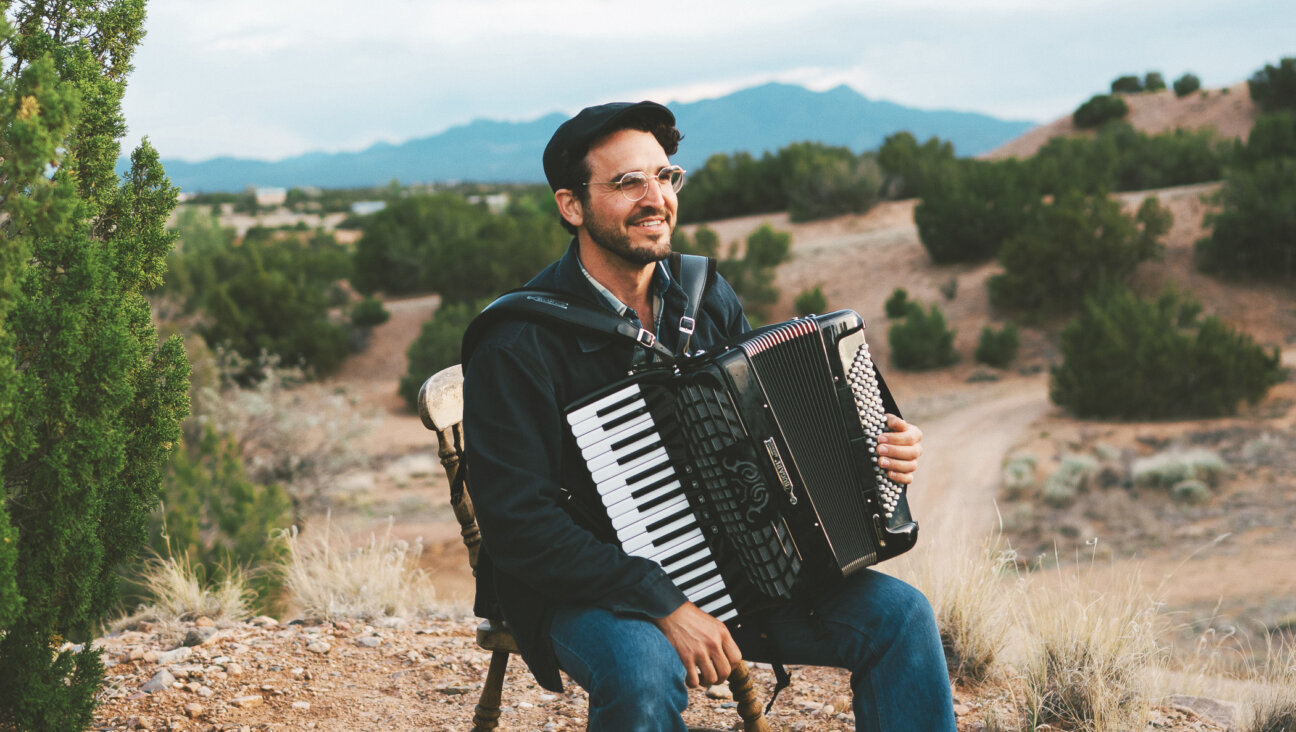Are those 36 hidden righteous people walking among us?

Image by DON EMMERT, Getty Images
This is a translation from the story written in Hasidic Yiddish. Read the original here.
When I was a kid, I used to read stories late at night on Fridays about the great Hasidic tzadikim, the righteous ones. Some of these stories were about the lamed-vovniks, the 36 hidden tzadikim among us on whose merits the world still stands. They number 36 in every generation but disguise themselves as ordinary Jews. When one of them passes away, another lamed-vovnik takes over.
The stories captivated me throughout my childhood, leaving me insatiably curious. I saw these lamed-vovniks as people with secret missions. My head whirled with questions: How do the 36 hide themselves? Do they live in hidden places, or are they regular people with families, living among us? Are these people really made of flesh and bone – or some sort of angelic material? Can they channel Heavenly power? My young mind swirled with awe and wonder.
When I thought about what a lamed-vovnik looked like, I imagined him wearing a turban, or a kashket (an old-fashioned round cap), something you wouldn’t see worn on the street today.
In my childish mind, the lamed-vovnik was a detective of sorts, a kind of holy secret agent with a hidden network, like a team of superheroes, underground or at the fringes of the city, sending out supernatural signals with his teammates, an intermediary between angels and the ordinary tzadikim of the world.
I drove my dad crazy about this subject, and he had little patience for my questions. He simply answered, matter-of-factly: “These are good Jews, righteous like all the righteous, just hidden.”
My heart, which pined for fantasies, was not satisfied with his tepid answer. How could magic like this be dismissed so easily? The lamed-vovnik that lives in a forest, sort of an Invisible Man, who lives in hiding disguised as a beggar and communicates with the other lamed-vovniks around the world using spiritual powers, and does otherworldly things; the kind of man that, when necessary, jumps – and in a blink of an eye, lands on the other side of the world.
Well, what can I do? My dad is simply indifferent to all the mysterious figures and legends in Jewish folklore. After hearing about the Ten Lost Tribes and their faraway lands, for example, I asked him, “So, where are the Ten Lost Tribes today?”
He waved me away. “Eh, everywhere – even in the shul’s attic!”
“And what about the Sambatyon River? Is it really impossible to find? Does it really shoot rocks into the sky?!” – referring to the legendary river across which part of the ten tribes were exiled.
He brushed me off again. “It’s just a raging river in India or somewhere that has stones in it!”
I pressed on. “So if we know where it is, why don’t we go over there to look at it? After all, it’s the legendary Sambatyon!”
“Ehh, what’s the point of looking for it, it’s just gentiles who live by the river!”
My dad, God bless him, kills every good story.
Who knows, maybe as a young boy he asked his own father these same questions, and his father tormented him about it. Now he has completely different things on his mind, God knows what.
In any case, to this day, I still wait for someone to point to some person, whispering: “You see that Jew? He’s a lamed-vovnik!” My eyes would dart quickly to his clothes, as if someone had pointed out one of the “royte yidelekh” – a member of the Lost Tribes, or the Prophet Elijah himself.
One thing’s for sure: If he’s wearing a turban or kashket, I’m going to take it seriously. If it’s just a plain everyday hat or a shtreimel, then forget it. Ordinary lamed-vovniks are great, but I’m just not interested in them. I didn’t dream about ordinary Jews on those late winter nights.
















